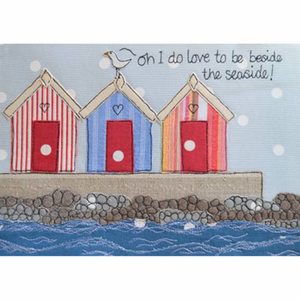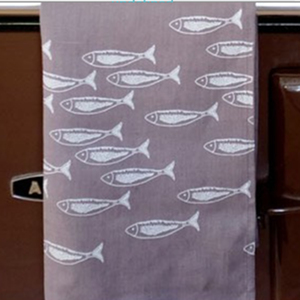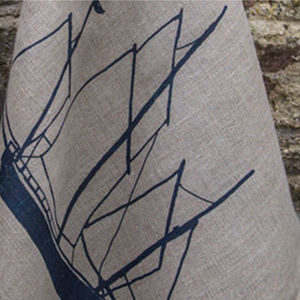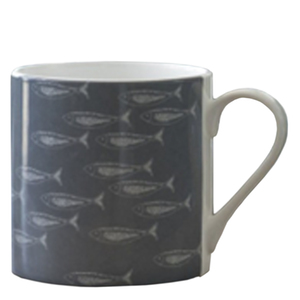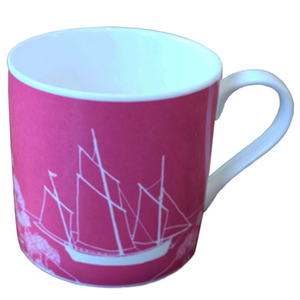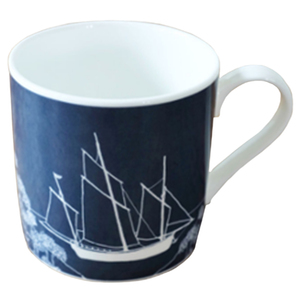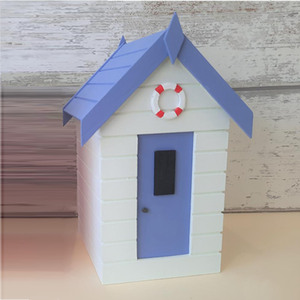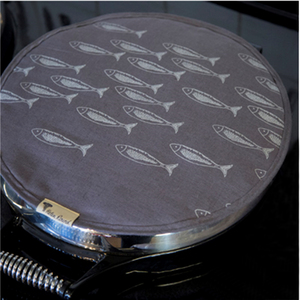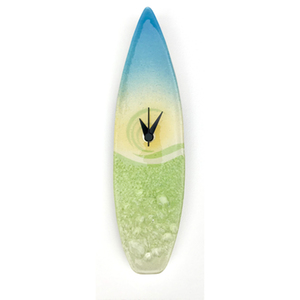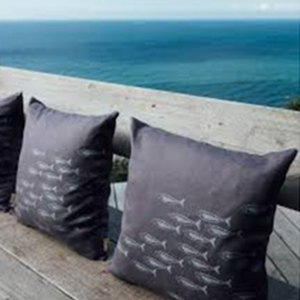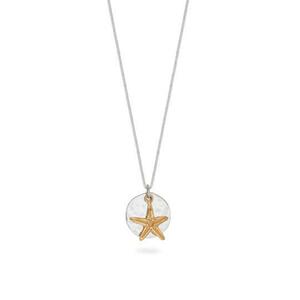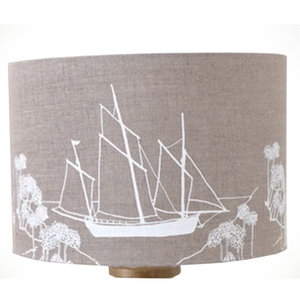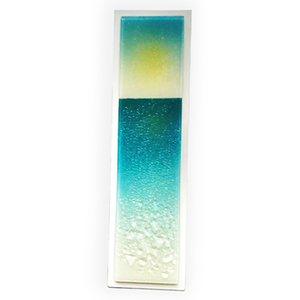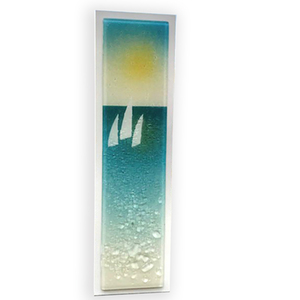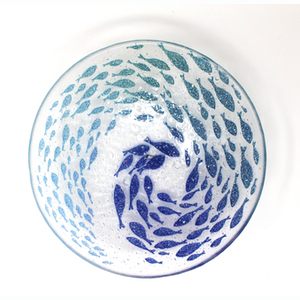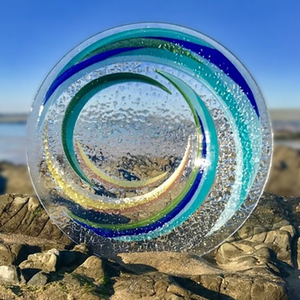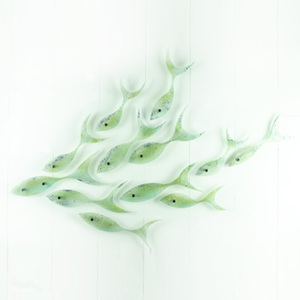
A little bit of History
English Seaside Traditions
The English coast encompasses a wide range of sandy beaches, craggy headlines, industrial ports and stunning countryside. With such structural diversity and scenery it is not surprising that the coast and its past times form so much of our heritage.
With a history of raids from Pirates, Invasions, Fishermen and Voyages of discovery; pastimes such as sailing, surfing, beach combing and lazy days catching the sun, the coast conjures up a rich tapestry which touches everyone the length and breadth of the country.
When asked what the typical English coastline looks like this is hard to reply. You have golden sands quickly turning to cliffs and coves which then change to pebbles and lava flows but many of us still cannot resist the draw form the sea and welcome the opportunity to return time and time again.
How the English Seaside Traditions Came About
Scarborough, the Spa Complex has been attributed to where the seaside resort began. It was an eighteenth-century invention and the area advertised “popular sea-bathing customs” as a supplement or alternative to 'taking the cure' at a spa aimed at the aristocracy and upper classes. Realizing the commercial prospects, Whitby, Margate, Brighton and Weymouth soon followed and the first bathing machines were introduced.Growth on the grand scale began in the Victorian era with the development of the railways making access to the coast resort towns cheaper in time and money and day trips to the coast became popular.
It was the Lancashire cotton workers in the 1870’s who led the way in developing a working-class seaside holiday. They saved up through the year to use the traditional Wakes holidays as a seaside break. The factory owners would close for one week every year to service and repair machinery this was known as the Wakes week and most workers were unpaid during this time until after the Second World War. Each mill would close for a different week creating a steady flow of visitors to the resorts during the summer.
This changed the character of many of the northern resorts who competed by creating a new range of attractions and accommodation. Donkeys, roundabouts, Punch and Judy, boat trips, music hall entertainment, fish and chips, ice cream, candy-floss, cockles and whelks all became commonplace during that period.
Not forgetting the promenade, beach huts, piers, 'oompah' bands, which all appeared around that time.
When you look around England you can still see some of the relics from that age and there are still resorts that embrace the heritage nostalgia.
Deck Chairs
In England, John Thomas Moore (1864-1929) took out a patent for adjustable and portable folding chairs in 1886, and started manufacturing them in Macclesfield.Originally used for the deck of an ocean liner or cruise ship. It was designed to be easily transportable and stackable, although some styles are notoriously difficult to fold and unfold Early versions of the deck chair were made of two rectangular wooden frames hinged together, with a third rectangle to maintain it upright. A rectangular piece of canvas, of the type used in hammocks, was attached to two of the wooden rectangles to provide a seat and support. The use of a single broad strip of canvas, originally olive green in colour but later usually of brightly coloured stripes.
The hiring out of deckchairs, on an hourly or daily basis, became established in British seaside resorts, often for use on piers and promenades, in the early 20th century. They were also often used in large public parks such as Hyde Park, and for spectators at informal sporting events such as local cricket matches.
Beach Huts
Beach huts in their present form were not invented until well into the 20th Century Previously they were known as bathing machines which were horse drawn wooden huts on wheels used by bathers to change into their bathing suits and be wheeled down to the shoreline to protect their modesty as they entered the sea.The wheeled huts remained relatively unchanged in appearance from their introduction in the 1730s until as late as the 1930s. Then as attitudes changed, the huts became permanent structures on promenades and undercliffs.
Today it is estimated that there are at least 20,000 beach huts located in seaside resorts across Britain.
The Pleasure Pier
Pleasure piers were first built in Britain during the early 19th century. Prior to the construction of piers, boat passengers had to come ashore on the back of a porter and then, depending on the state of the tide, had to walk up to half a mile across wet sand before reaching the town. As a result it became essential to find alternative if these towns were to attract the wealthy and fashionable visitors.The oldest pier to be built was Ryde Pier on the Isle of Wight. Built in 1813 and designed by John Kent of Southampton it was originally made of wood. It is still in use today.
The pleasure pier developed into an area where holidaymakers could promenade over and alongside the sea at all times regardless of the tide and often includes amusements and theatres as part of the attraction.
The world's longest pleasure pier is at Southend-On-Sea, Essex, and extends 1.3 miles (2.1 km) into the Thames estuary.
Punch and Judy
Once commonplace at every seaside resort throughout the country.Punch & Judy shows have been entertaining audiences for many generations.
The show as we know it today has its origins traceable to the Commedia dell Arte street theatre of 16th Century Italy. Commedia del Arte had many actors and players; which made productions expensive. It is thought string puppets (marionettes) replaced the actors to keep costs down in the 17th Century.
The earliest recorded evidence of Punch in England is from 1662 where Samuel Pepys noted a performance by the Italian puppet showman Pietro Gimonde while he was on a visit to Covent Garden, writing... “Thence to see an Italian puppet play that is within the rayles there, which is very pretty, the best that ever I saw, and great resort of gallants.”
By the Victorian period Punch & Judy shows could be seen in all major cities across Britain with performances often heralded by a drums or panpipes played by the Punchman’s accomplice or ‘bottler’ whose job collecting the money in a bottle.
Punch and Judy shows became a standard part of the beach entertainment and by the end of the century Punch and Judy could attract huge audiences.
Whilst it has declined Punch and Judy continues to be a popular form of entertainment, for children.
Blackpool Rock
Rock is believed to of been first sold at UK fairgrounds in the 19th century, hence it was originally known as ‘Fair Rock’. Although it was similar to what we know as ‘Seaside Rock’, it did not have the lettering or vibrant colours we know and love.One of the early pioneers was an ex-miner from Burnley named Ben Bullock. He owned a confectionary factory in Yorkshire and began producing lettered rock in 1887; it was believed that the idea came to him while holidaying in Blackpool. He then began to send his rock to retailers which due to its popularity became synonymous with Blackpool itself.
English Seaside Towns
Scarbrough Yorkshire
Founded by the Danes in 10th century and invaded by the Norwegians in 1066 Scarborough was rebuilt around the castle where there was a market for the craftsmen’s goods.As a small port Scarborough prospered from the trade in coal which was transported from Newcastle to other parts of England In the late 18th century on the advice of many physicians bathing in seawater became fashionable and wealthy people started to go on trips to the sea.
As Scarborough was already a flourishing spa town it grew into a seaside resort Hence Scarborough, became attributed to where the seaside resort began Known for its large waves Scarborough hosts the biggest event on the Pro Surf UK circuit, with the Scarborough surf festival being held there for the last few years.
One of the world’s first-ever purpose-built museums, The Rotunda; is situated in Scarbrough. As well as Europe’s biggest open air theatre.
Whitby, North Yorkshire
Whitby’s cobbled streets and sandy beaches with its traditional donkey rides, amusement arcades and fish and chip shops give the feeling of a classical English coastal resort. But behind this exterior lies a Gothic heart. After all this is where Bram Stoker found his inspiration for his novel Dracula. Taken with the atmosphere of the town, Whitby Abbey and the church with its tombstones this quaint little town has become a Goths dream.
One of the most famous coastal areas in Britain is Devon, put on the map for its clotted cream, cider, and picture postcard thatched cottages. The coastline of Devon is wonderfully rocky giving rise to beautiful coastline views and cliff edges. Paths can lead to hidden coves, wide open beaches and outstanding landscapes.
Salcombe, Devon
Situated on the Kingsbridge estuary, Salcombe was once a fishing and ship building town.
With invasions, pirates and slavery common place the main settlements were built away from the sea. Also, with its pretty harbour and bobbing fishing boats, wealthy visitors became attracted to the area and from the late 1700’s large houses began to spring up on the various view points along the cliffs.
The arrival of the railway at Kingsbridge in 1893 made Salcombe more accessible and the town gradually developed as an exclusive holiday resort for those who enjoyed the idyllic sandy beaches, crystal waters and rugged cliffs.
Brighton Sussex
Brighton began as a small Saxon village with farmers living above the cliff and fishermen living below the cliff. The settlement grew to become a small town which was invaded and burnt down by the French in 1514 and again in 1545.
Brighton recovered and in 1750 following a book written by Doctor Richard Russell which he claimed that bathing in seawater was good for a person's health, the aristocracy began to visit.
In 1783 the Prince Regent later to become King George IV took up dwellings overlooking a fashionable promenade and as a result the town grew.
The first theater opened in North Street in 1774 and two Assembly Rooms had been built for dancing and playing cards.
An extravagant man with a passion for fashion, the arts, architecture King George IV commissioned John Nash to begin the transformation of the Marine Pavilion from modest villa into the magnificent oriental palace to enable him to host large social events and for entertaining.
This palace still dominates the heart of Brighton.
Margate Kent
Once a small fishing village Margate became one of the original Victorian seaside towns it was abandoned by the holiday makers in 1990's however it is enjoying a renaissance as a magnate for artists.
Margate boasts the oldest pleasure park in the country Dreamland formerly known as "The Hall by the Sea and the Pier". the Theatre Royal and Winter gardens date back to the heyday of the Victorian era.
Every year millions of tourists flock to Cornwall to see its miles of coastline, clifftop and countryside views.
St Ives Cornwall
One of Cornwall’s most beautiful sights has to be St. Ives. Famous for its surf beaches and art scene it is tucked in a large curve of coastline offering stunning views from the cliffs.
The heart of St. Ives takes you back to a time when fishing was its main industry with a maze of cobbled streets and fisherman’s cottages
The origin of St Ives is attributed in legend to the arrival of the Irish Saint Ia of Cornwall, in the 5th century
The seaside town of St Ives grew out of the pilchard fishing and tin mining industries Although the harbour is still used for fishing this has since given way to tourism as the main industry.
This initially came about after the extension of the railway in 1877 Although seen as a haven for artists since the 1920’s, the opening of the Tate Ives Gallery and the Barbara Hepworth Museum, at St Ives, has cemented this area as a flourishing art scene.
Blackpool Lancashire
Known for one of the best beach resorts due to its famous Golden Mile, Blackpool experienced its boom as a holiday destination after the branch line for the railway was opened in 1846
Blackpool gets its name from a historic drainage channel that ran over a peat bog which caused the water to turn black as it ran into the Irish Sea.
The region did not come to note until Henry Banks, often considered to be the "Father of Blackpool" purchased the Lane Ends estate, including in 1819 and built the first holiday cottages.
The wakes weeks closures practiced by the Lancashire cotton mill owners created the main market for Blackpool and the area developed as a holiday destination for the working classes which it is still regarded today.
Blackpool is the only English seaside resort to have three peers, all supporting a traditional range of amusements, live music and dancing. Since being built in 1868, today Central Pier is very much a family entertainment complex and South Pier, built in 1893, houses big thrill rides and its own fun fair.
Blackpool Tower Blackpool Tower is an iconic symbol of the North West of England. Built between 1891-1894, the tower is 518 foot high and is a grade one listed building. It was inspired by the Eiffel Tower in Paris and used as a leisure and entertainment venue.
The circus of the tower sits at the base surrounded by the four large legs of the tower itself. There are daily performances, which harking back to an earlier era.
From the top of the tower on a clear day you can see the Lake District, the Isle of Man and North Wales.
Dover Kent
Famous for its white cliffs, and known as the lock and key of England, Dover is the second busiest cruise port in the UK, Right back since roman times Dover has been seen as an important harbour and a stone fort was built to protect it.
During the invasion of 1066 the Normans sacked Dover then burned it to the ground. The town was attacked again by the French in 1295
In the Middle Ages Dover was one of the Cinque Ports, who were required to provided ships and crews for the king. Many fishermen lived in Dover and merchant ships carried cargoes to and from France.
By the 18th century Dover was known for its shipbuilding leather and rope making industries as well as fishing and from the 1820’s Dover boomed as a cross channel port with steam ships carrying passengers across the Channel.
In 1875 Captain Webb became the first person to swim the Channel from Dover to France and on 25 July 1909 Louis Bleriot (1872-1936) flew from northern France and landed at Northall Meadow by Dover Castle.
Outside of the hustle and bustle of the centre of Dover there is still and unspoilt coastline to be had. Along with the iconic white cliffs, Dover’s coastline has been voted Britain’s favorite.
The white cliffs are a majestic and welcoming sight to millions of travellers crossing the English Channel and are considered one of England's most magnificent natural features.
The Jourasic Coastline
The Jurassic Coastline is one of Dorset’s most popular attractions due to its miles of glorious coastal paths where you can find some truly beautiful views along the South West Coast Path.
It is a fossil hunter’s paradise with many fossils uncovered each year from the eroding cliffs and scattered fragments along the beaches making this a perfect pastime for both children and adults; who knows what you will find. Durdle Door, Golden Cap, and the Hooken landscape are a few of the popular places of interest.
Lyme Regis Dorset
The town once known for its fishing and smuggling is now an historic seaside resort situated at the mouth of the river Lym.
The town boasts a small artificial harbour or Cobb which dates from Edward I. It received its first Royal Charter from the King in 1284 to become Lyme ‘Regis’
Lyme’s existence depended upon the Cobb due to its exposure to south-westerly gales with the Cobb acting as both a harbour and a breakwater. Because of The Cobb, Lyme Regis became a shipbuilding centre and important port: and was once larger than the port of Liverpool.
Jane Austen stayed here in 1804, and several scenes from both ‘Persuasion’, and ‘Northanger Abbey’ are set in the area.
Lyme Regis is situated at the heart of the Jurassic Coast, so called because of the wealth of fossils found along the coastline.
The steep narrow streets of Lyme reflect its long history and the Georgian architecture is contemporary with its prosperity in the 18th century when sea bathing became fashionable.
Lyme Regis has recently been given World Heritage Coast status, putting it on a par with The Grand Canyon in America and The Great Barrier Reef in Australia.
By the Sea
Select Your Currency:
